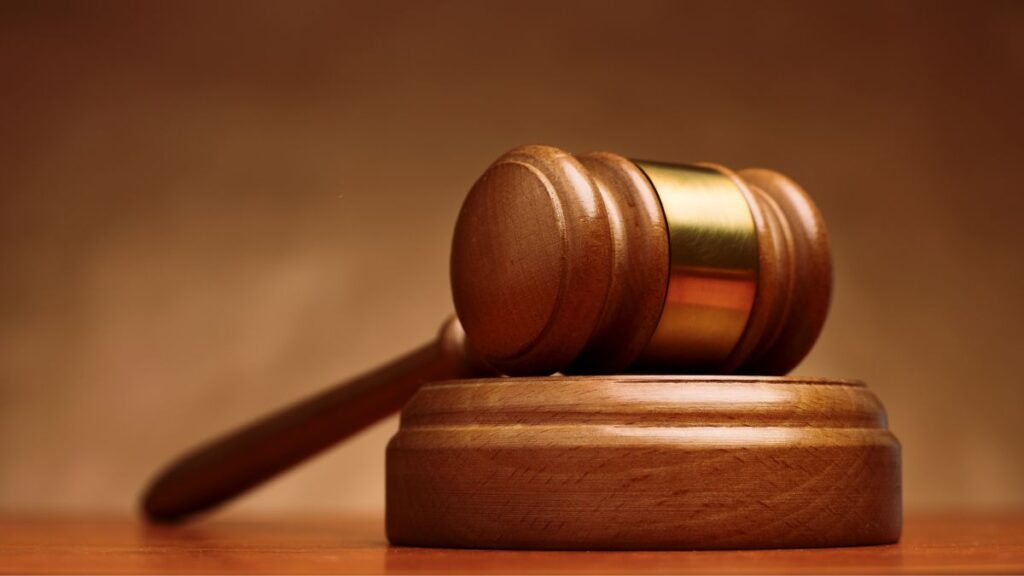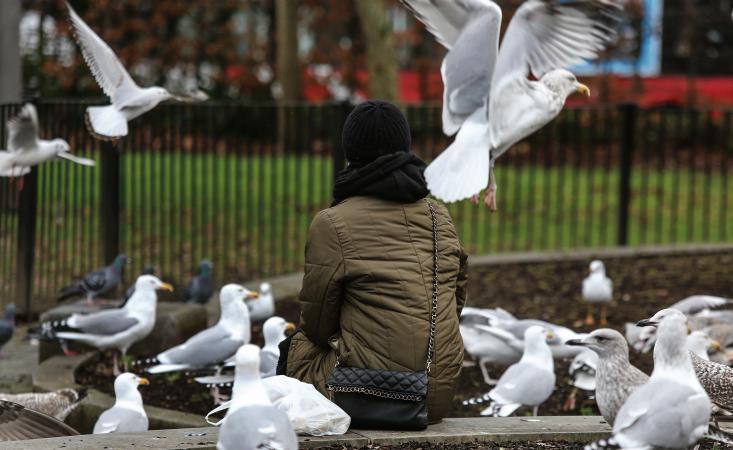Galway academic’s ‘early warning’ answer to seagulls problem
Published:
-
-
Author: Our Reporter
~ 4 minutes read
From this week's Galway City Tribune
A Galway academic has come up with a possible solution to the city’s seagulls problem — an ‘early warning’ system that would set off a noise deterrent when they approach humans.
Educational theorist Dr John Jennings’ answer to a growing incidence of seagulls swooping on people’s food in the city centre involves the use of Artificial Intelligence ((AI) in Eyre Square.
His alternative solution is a seagull distraction system that would spring open rooftop food containers to grab their attention.
Recently Dr Jennings undertook a Futures of AI Micro-Credential — a short, accredited module for professional development — in the University of Galway. Instead of focusing on his usual area of educational research, he decided to focus on seagulls.
“It is no secret that Galway has a seagull problem. There are issues around waste and the environment. There is also a problem with safety, not only for unsuspecting patrons on their lunch break, but also for the seagulls themselves,” he said.
He chose Eyre Square for his research, which began with figuring out where the seagulls perched — mainly, bus shelters, lamp posts, flag posts and sometimes ancillary buildings in and around the Square.
He figured out that interactions between people and seagulls fell into two categories — the first being where people and their food were threatened by the seagulls, the second where the seagulls were put in danger by their interactions with people.
“Scenario 1 is where people get their fast food or sandwiches and go into the ‘green area’ of Eyre Square. Then they are suddenly surrounded by seagulls, flapping their wings and making noise.
“Some of the food is dropped or snatched directly from the hands of the parkgoers. This could ruin any lunch date, also the ubiquitous smartphone footage could have a detrimental effect on Eyre Square’s reputation of a relaxing chill-out spot.
“Scenario 2 involves protecting the seagulls. Seagulls are seen as either a nuisance or a novelty. People may get annoyed and become violent towards the seagull and it could be injured.
“Overfamiliarity with the seagulls is another issue. When young children or students see the seagulls too often, they could approach these birds with amusement or possibly harassment. This could lead again to seagulls getting disorientated, drunk, sick, injured or confused.
“There were some solutions for dealing with birds such as netting, spikes and, in extreme cases, falconry. But these methods might injure the birds or even small children, and you really can’t place a net over the entirety of Eyre Square!”
However, during his research Dr Jennings’ course supervisor, Dr Patrick Mannion, suggested looking at some windfarms that used AI to protect approaching birds.
These reduce the speed of the turbines themselves or omit a harmless deterrent noise to scare them away.
He then decided to try to apply these systems to Eyre Square. “In the instance of seagulls coming into the Square, there are two options, warning the seagulls/people, or distracting the seagulls themselves.”
A seagull warning system would be linked to sensors around Eyre Square. On identifying a seagull in close proximity to humans, it would sound a harmless alarm to scare the birds away. It could also be adapted to warn the humans of approaching seagulls.
A seagull distraction system would involve AI connected to sensors to prevent seagull-human interaction.
“These systems would face outwards to see approaching seagulls. The AI would also be connected to specialised bird feeding containers on rooftops near the area. When the AI picks up an incoming seagull the containers would open and distract them.”
“These systems could make it safer for both people and humans in Eyre Square. Also, the seagulls may benefit from nutrition-specific food in the dispensers.
“From an environmental point of view, it would also make the streets a lot cleaner as rubbish bags and food consumption areas would not suffer from interference by seagulls.”
After formulating his plan, Dr Jennings also considered the public reception to such a project.
“There are issues around City Council planning, the type of warning noise, placement of the sensors, who would manage the food dispensers and the privacy of Eyre Square patrons.
“However, it would deter human-seagull interactions, and the data collected could be used for conservation of this endangered species. If successful it could be expanded to other creatures in different urban habitats,” concluded Dr Jennings.
Pictured: Seagulls keeping an eye out for food in Eyre Square. PHOTO: JOE O’SHAUGHNESSY.
More like this:
; ?>)
Two Connemara tourism companies showcased at Spanish tradeshows
This article first appeared on Galway Bay FMTwo Connmara tourism companies have taken part in a s...

Councillors hit out at Com Reg as mobile coverage problems persist across County Galway
This article first appeared on Galway Bay FMGalway County Councillors have hit out at the Commiss...

Free business seminar set to take place in the city this Thursday
This article first appeared on Galway Bay FMA free of charge business seminar is set to take plac...

Connemara man pleads guilty to threatening to kill Tánaiste Simon Harris and his family
This article first appeared on Galway Bay FMA Connemara man has pleaded guilty at Derrynea Distri...

Week of extensive roadworks to begin on the N63 at Brierfield
This article first appeared on Galway Bay FMA week of extensive roadworks is to begin tomorrow on...

Galway's local authorities open Community Climate Action Funds worth 1.2 million euro
This article first appeared on Galway Bay FMGalway's local authorities have opened their Communit...

Protest at University of Galway tomorrow over ties with Israeli IT
This article first appeared on Galway Bay FMA protest will take place at University of Galway tom...

Water quality info meeting being held in city this week
This article first appeared on Galway Bay FMA water quality information meeting is being held in ...

Three county GAA clubs to benefit from community energy fund
This article first appeared on Galway Bay FMThree county GAA clubs have been selected to benefit ...
Sign Up To get Weekly Sports UPDATES





